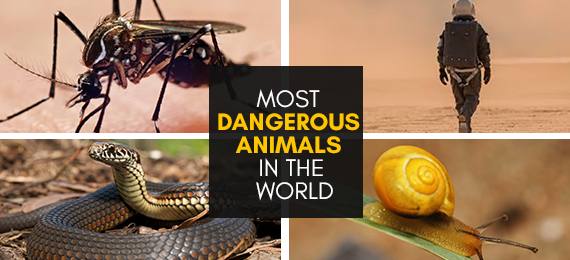
The world is not only home to the kindest animals, the deadliest animals also reside here. How do you describe a dangerous animal? With its sharp teeth, piercing fangs, or venomous poison? Dangerous animals are ranked based on human attacks or the number of deaths every year. As the name suggests, dangerous animals can hurt people or even kill them. We have put together the most dangerous animals in the world. Here are the deadliest animals in the world.
25 Most Dangerous Animals in the World
1. Mosquitoes
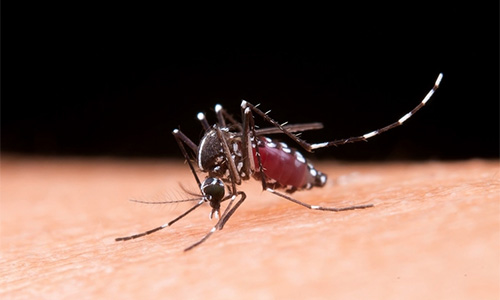
Mosquitoes–being a tiny insect they are the most dangerous animal in the world. Believe it or not, these tint killers claim 750, 000 to one million human lives a year. They are dangerous transmitters who spread contagious diseases such as malaria, dengue fever, Zika virus, Chikungunya, and more. Our body temperature and the CO2 we exhale are the two primary factors that trigger mosquitoes. Using pest repellent may diminish their attention toward humans.
How many lives does a mosquito kill a year?
- A. 100
- B. 200
- C. 5,000
- D. 1 million
2. Box Jellyfish
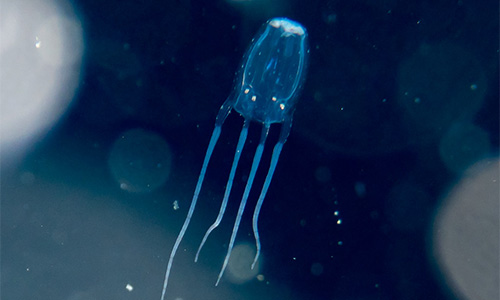
Box Jellyfish is the most poisonous marine animal in the world. Identified by its box-shaped structure, it features nearly 15 tentacles that can expand up to 10 meters in length. Its tendrils are piled up with thousands of stinging cells called nematocysts, a toxin that damages the heart, skin cells, and nervous system.
Does this subject sound interesting? Then you must check about the Immortal jellyfish.
3. Saltwater Crocodile
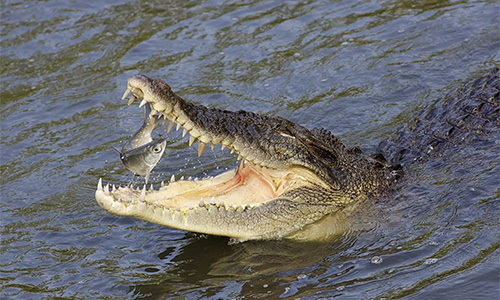
Another killer on our list is the Saltwater Crocodile. Widely seen in Sri Lanka, India, Bangladesh, and Myanmar East, Saltwater Crocs are the most ferocious and short-tempered reptile on the land. It kills around 1000 lives a year. Mostly, they can grow up to 7.5 to 10,.8 feet in length, and weigh around 150 to 300 kg. A male species alone is capable of reaching 1300 in weight. They will survive in both fresh and saltwater environments.
4. African Elephant
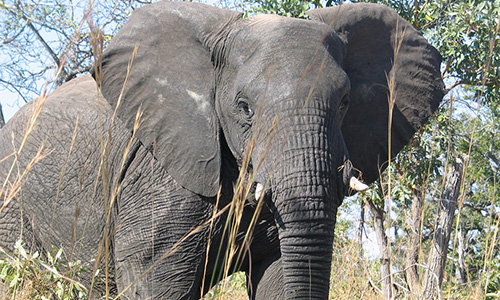
Compared to other deadly species, an elephant scares a person with its gigantic size and deafening noise. They are known for their intelligence, complex emotions, and anger. Though they are known for befriending humans, it is not possible in all cases. Elephants use their extreme weight and power to intimidate other animals and humans. They kill humans in an unpleasant way such as trampling, stomping, or crushing.
5. Cape Buffalo
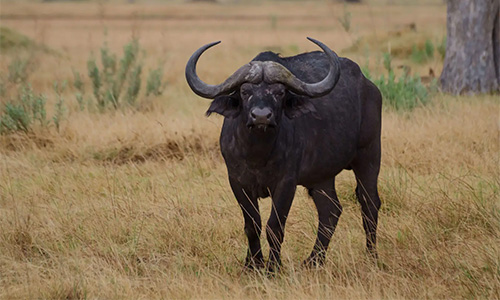
It is the heaviest and most dangerous wild animal in the world. They gaze around the grasslands and waterholes with their massive herds. These creatures are harmless only when they roam alone. However, if they feel threatened or hurt, they will turn into aggressive monsters similar to the nickname ‘Black Death.’ Cape Buffaloes cause more deaths than any other creature in Africa.
6. African Lion
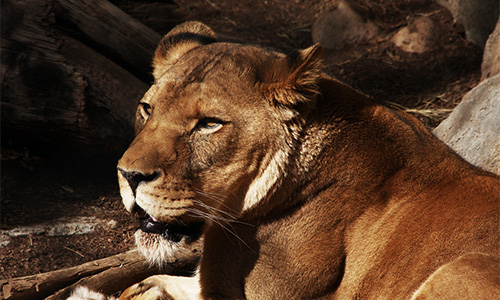
The king of the Jungle alone claims 100 humans a year. Though numerous predators wander in the jungle, nothing could scare a person like the roar of this big cat. They are known for silent moves and ferocious attacking skills. With their sharp claws, they could cause deep wounds and even potent enough to break bones.
7. Hippopotamus
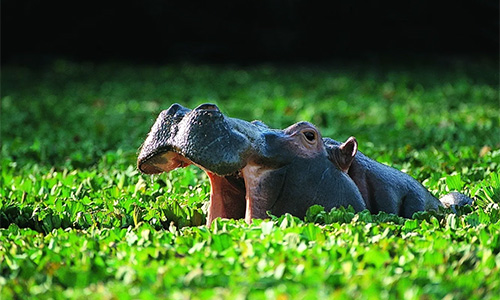
Believe it or not, Hippos are considered one of the most dangerous species on the land. They may look unharmful and friendly, but it turns out not. Hippos are overprotective about their space and will land a fierce attack on the animals or humans who attempt to step into their land. With their two-foot canine teeth, they could thrust a pressure of up to 2000 pounds or more.
8. Great White Shark

Sharks already have the reputation of being a killer marine species. The number of deaths ranges from six to seven per year. The great white shark, bull shark, and tiger shark are dangerous underwater attackers.
9. Polar Bear

Another unbelievable addition to the most dangerous animal list is the Polar Bear. Besides their white fluffy appearance, they are a hazardous animal who never fears anything. It weighs 410 to 720 kg and grows up to 5.3 feet tall. Check out the blog to learn about Polar bears.
10. Komodo Dragon
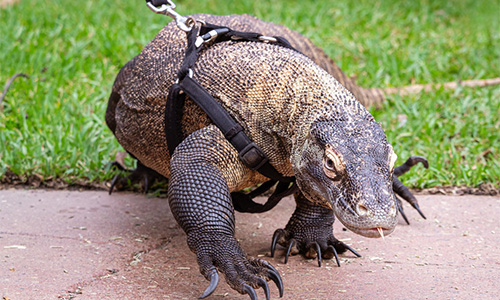
It is the largest lizard in the world with the potential to kill creatures. Komodo Dragons feature venom glands in their lower jaw. Their strong bites are dangerous but not to their species.
11. Tsetse Fly
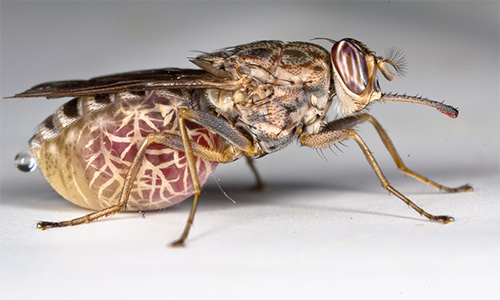
Tsetse flies are insects that colonize tropical Africa. It spreads a deadly parasite trypanosomiasis from infected to uninfected which leads to African Sleeping Sickness.
12. Black Mamba

Black Mamba snakes are large, quick, and extremely poisonous. It can be mostly seen in African countries. Known for its speed, it could slither 19km in an hour. Two drops of Mamba’s poison are enough to kill a human. Nearly 20,000 people die in its fatal attack.
13. Cape Cobra
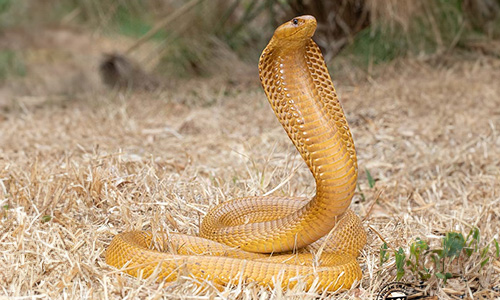
The Cape cobras are large snakes found in South Africa. It is one of the most dangerous snakes in the region. Inhabitants in various lands include desserts and semi-desserts. Cape cobra’s venom is potent to attack the nervous system.
14. King Cobra
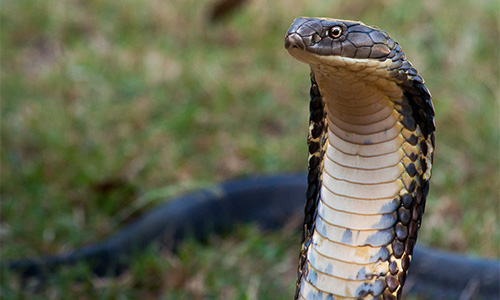
Compared to Pythons, King Cobra may have a sleek body, but it is an extremely poisonous snake in the world. Its venom contains neurotoxins which will lead to paralysis. Cobra’s venom is potent enough to claim an elephant.
15. Australian Funnel-Web Spider
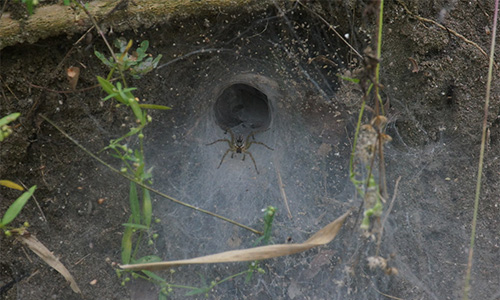
Huge varieties of funnel-web spiders can be found in Australia. Sydney Funnel web-spider is the most known one. They are Australia’s most deadly killer who took nearly 13 lives.
16. Scorpion

These creepy crawlers inject their poison into the prey through their pointy tail. Only a few types of scorpions possess the powerful poison to kill humans. Scorpion stings show symptoms like numbness, severe pain, and swelling. Being miniature they easily hide in shoes, under rocks, logs, leaves, and clothing.
17. Poison Dart Frog
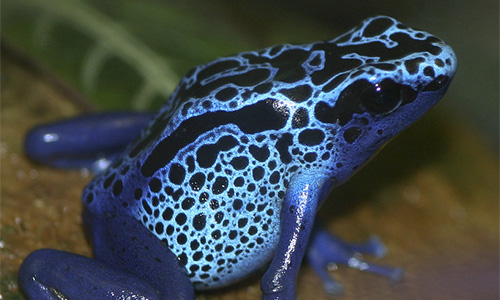
Poison dart frogs survive in different colors and a few species are dangerous to humans. The Golden poison dart frog lives in rainforests near the Colombian Pacific and is known for their deadly nature. It produces a poison called batrachotoxin which is powerful enough to take down 10 full-grown men.
18. Africanized Honey Bee
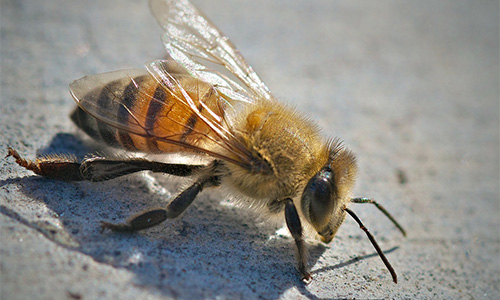
These Africanized bees are nicknamed “killer bees” for their aggressive and killing behavior. They tend to chase a person nearly a quarter of a mile when they get excited and angry. Outwardly, Africanized honey bees are similar to domestic honey bees, with a golden yellow body and brown stripes on it.
19. Pufferfish
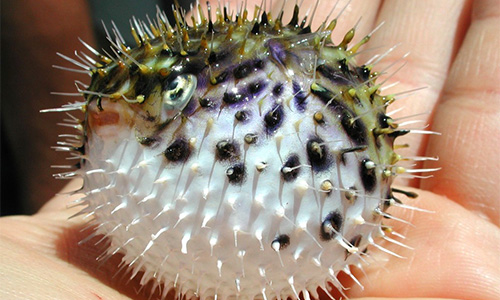
Pufferfish can be found in tropical seas around the world. They are the world’s second most poisonous vertebrates. Every part of the pufferfish is poisonous as it contains neurotoxins in the skin, muscles, tissue, gonads, liver, and kidney.
20. Inland Taipan
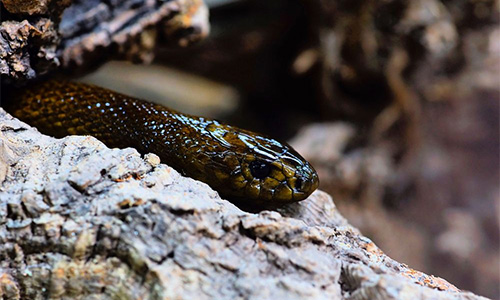
Unlike other snakes, Inland Taipan won’t get angry with humans unless they have a reason. Its venom is more powerful than all the other snakes, a single bite is enough to kill 100 grown men.
21. Stonefish
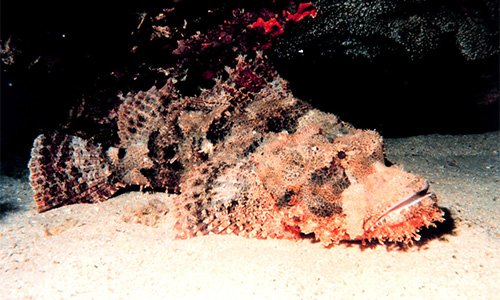
Stonefish camouflages easily like encrusted coral or rock. It features 13 stout spines which can inject the most dangerous venom and cause immense pain.
22. Hyena
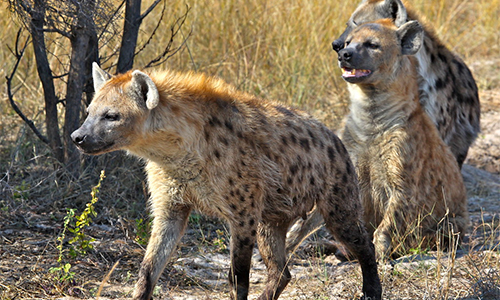
Hyenas don’t fall under the big cats category. They are so aggressive and have unpredictable behavior. It features a strong jaw and teeth which makes it easy hunting on their prey.
23. Wild Boar
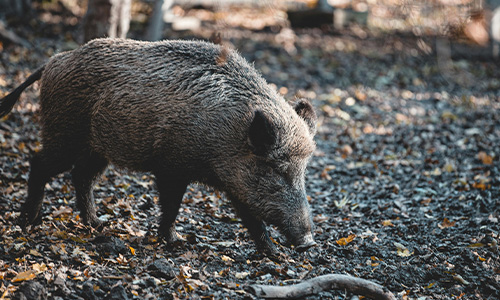
Wild Boar animals inhabit Singapore which weigh up to 100 kg. Though it looks heavy a wild boar can run fast. Their canines can cause serious injuries.
24. Leopard

Leopards are the most dangerous animals which can attack and kill humans. It often sneaks at night to the nearby villages and causes fatal attacks.
25. Roundworms
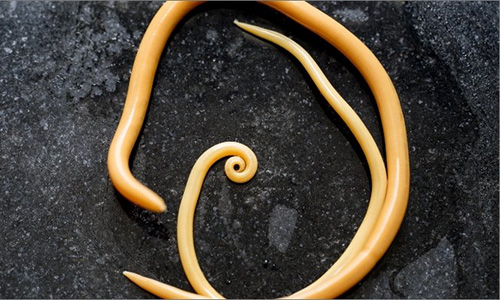
Roundworms aka intestinal worms are human parasites that usually spread because of poor sanitation. It transmits through contaminated water, food, and soil.